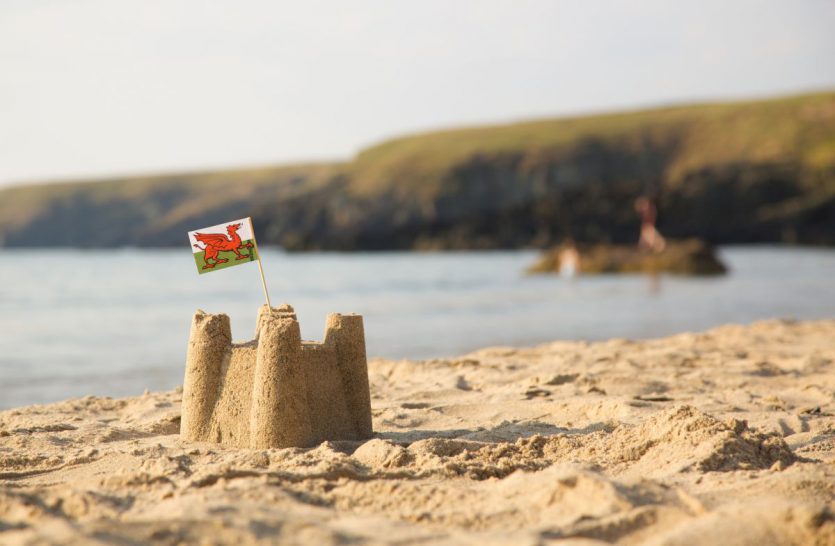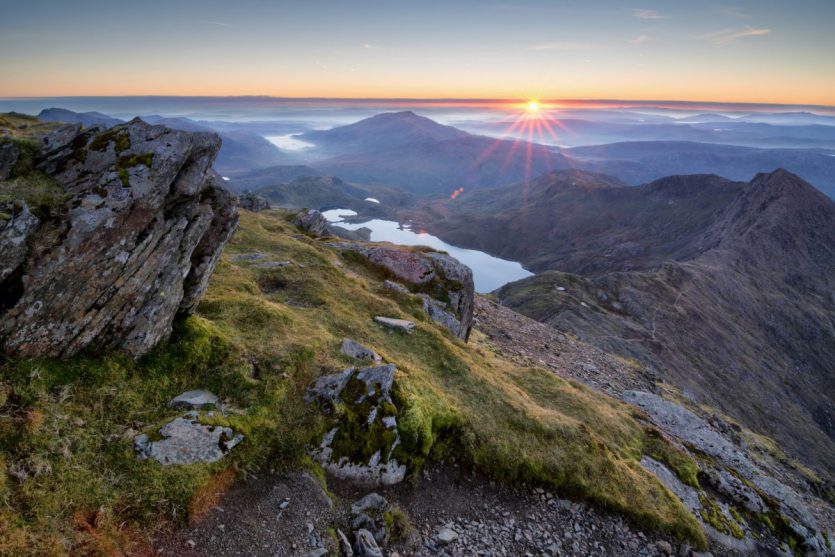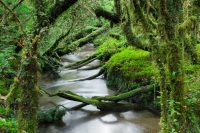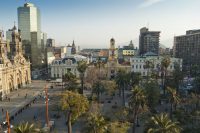What do you know about Welsh Patagonia? Most people (rightly) associate Patagonia with two countries, Argentina and Chile. There’s another country that’s worth mentioning, though: Wales.

What is Welsh Patagonia all about?
The history of Patagonia is intertwined with that of Wales, and in fact there is a pocket of Patagonia whose inhabitants are descendants of Welsh settlers and consequently speak Welsh. In the 19th century, Welsh settlers departed the British Isles to make a new home for themselves in Patagonia. The first settlers arrived on July 27th, 1865, at what is now Puerto Madryn.
Today, the major Welsh settlement in Argentina is known as Y Wladfla. The Welsh influence in Patagonia persists to this day, but it wasn’t always a sure thing.
A brief history of Welsh Patagonia
- 1865: The first Welsh settlement in Patagonia was established. It was located in the Chubut Valley and was known as the Rawson settlement. The settlers found the Patagonian landscape cruel and unforgiving in contrast to their native Wales and faced many challenges including flooding and difficult harvests. Their survival was far from guaranteed. One of their number, Rachel Jenkins, virtually saved the settlement (and ensured the future of Welsh Patagonia) by introducing irrigation to the region.
- 1874: The number of Welsh settlers in Patagonia exceeded 270. The new settlers helped to further develop irrigation in the area, and as a result the settlers began to develop successful agriculture.
- 1875: The government of Argentina granted the settlers official title to their land, hence a wave of new Welsh migrants headed for the shores of Patagonia.
- 1880-1887 and 1904-1912: Two distinct phases of major migration from Wales to Patagonia took place. These coincided with economic depression back home. The efforts of these and earlier settlers made Welsh Patagonia an incredibly fertile agricultural zone, in contrast to the the harsh and inhospitable land the initial settlers had found in 1865.
Welsh Patagonia today
The Argentinian government took steps to rein in the growing influence of Welsh Patagonia. They took direct control and enforced strict regulations on the language spoken in schools and in local government.
Nonetheless, they were still allowed to speak Welsh at home and in the church. While the number of native Welsh speakers in Argentina today is unknown, there are up to 5,000 people who speak it as a second language. It does not have the influence it once had, but it has certainly not disappeared. They teach Welsh as a second language in some bilingual schools.
Y Wladfa, the largest Welsh settlement in Argentina, counts a number of distinct settlements among its number. Rawson, the first, is still going strong. It is the capital of the Chubut province. Other settlements include Dolavon, Gaiman, Trelew, Trevelyn and Puerto Madryn.
A crash course in Patagonian Welsh place names

The Welsh settlers have their own names for some of Patagonia’s key landmarks. Don’t ask us how to pronounce them, but it might just help when navigating road signs and maps.
- “Argentina” itself is “Yr Ariannin”
- “Puerto Madryn” becomes “Porth Madyrn”
- “Rawson” is “Trerawson”
No comments yet
There are no comments on this post yet.






Leave a comment